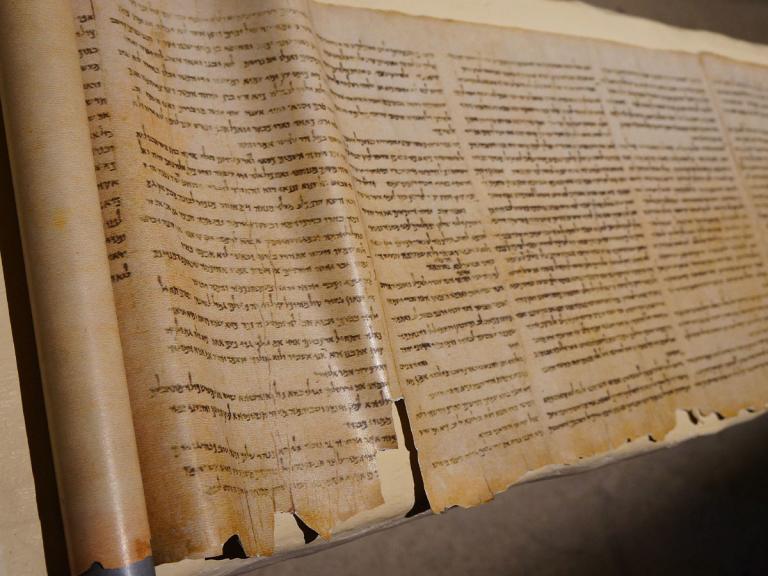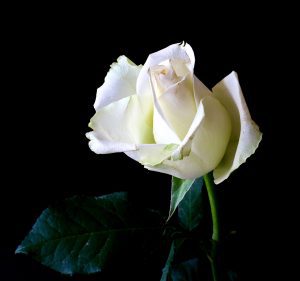
One of the last encrypted Dead Sea Scrolls has finally been deciphered. This discovery brings researchers one step closer to unravelling the mystery of the texts written more than 2,000 years ago.
The Dead Sea Scrolls have been called the greatest archaeological find of the 20th century. First discovered outside Jerusalem in the late 1940s, the ancient collection of texts includes the oldest known biblical manuscripts.
The ancient religious texts, which are written in a range of different languages including Hebrew and Aramaic, the ancient language believed to be spoken by Jesus Christ, have long been restored and published.
Archeologists have discovered hundreds of Dead Sea Scrolls amid the rocky hills of Qumran, an archeological site in the Judean Desert of the West Bank. Scholars have deciphered most of the ancient texts, but a few exist in dozens of tiny fragments, making them difficult to piece together. The newly decoded scroll was so damaged that some researchers didn’t even realize it was a full document, instead believing it was fragments of other works.
A team from the University of Haifa in Israel spent an entire year reassembling more than 60 tiny pieces of the ancient document which is written in a long forgotten secret code. This came with a major payoff. They assembled one of the last un-decoded scrolls!
They unraveled fresh insight into the highly unusual 364-day calendar used by the ancient Judean Desert sect who wrote numerous scrolls. While it’s unclear who created the Dead Sea Scrolls, some researchers have sugg4est4ed a group known as the Essenes are responsible. The Essenes existed from the 2nd century B.C. to the 1st century A.D.
The festivals that were used to celebrate the changing of seasons include the festival of New Wheat, New Wine and New Oil, related to the Jewish festival of Shavuot. According to the calendar, the wheat festival took place 50 days after the Shabbat that followed Passover. Fifty days later, the wine harvest festival came and 50 days after that was the oil harvest festival.
The scroll also said there was a special day for the changing of the seasons, known as Tekufah, which in Hebrew translates to “period.”
“This term is familiar from the later Rabbinical literature and from mosaics dating to the Talmudic period, and we could have assumed that it would also be used with this meaning in the scrolls, but this is the first time it has been revealed,” Dr. Ratson and Prof. Ben-Dov explained in a press release.
“The lunar calendar, which Judaism follows to this day, requires a large number of human decisions,” the researchers added. “People must look at the stars and moon and report on their observations, and someone must be empowered to decide on the new month and the application of leap years. By contrast, the 364-day calendar was perfect. Because this number can be divided into four and seven, special occasions always fall on the same day,” they wrote.
Incredibly, Dr. Ratson and Prof. Ben-Dov were able to decipher the code from annotations made in the margins, by correcting omissions from the original author.
The scroll also gives other information about the Yahad including important dates in the sect’s calendar which aren’t mentioned in the Bible.
The researchers are now turning their attention to the last remaining scroll whose mysteries have yet to be unraveled.


